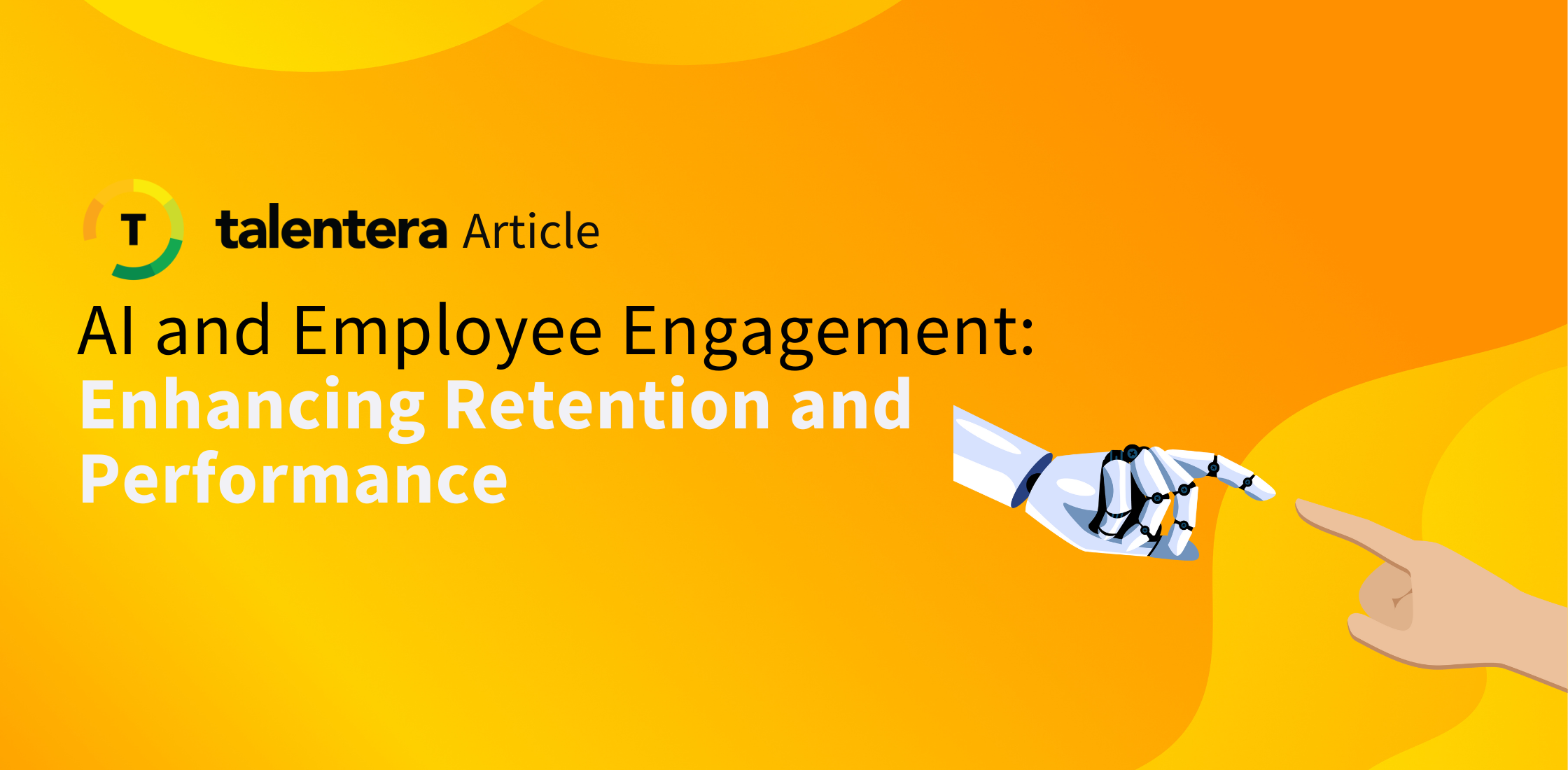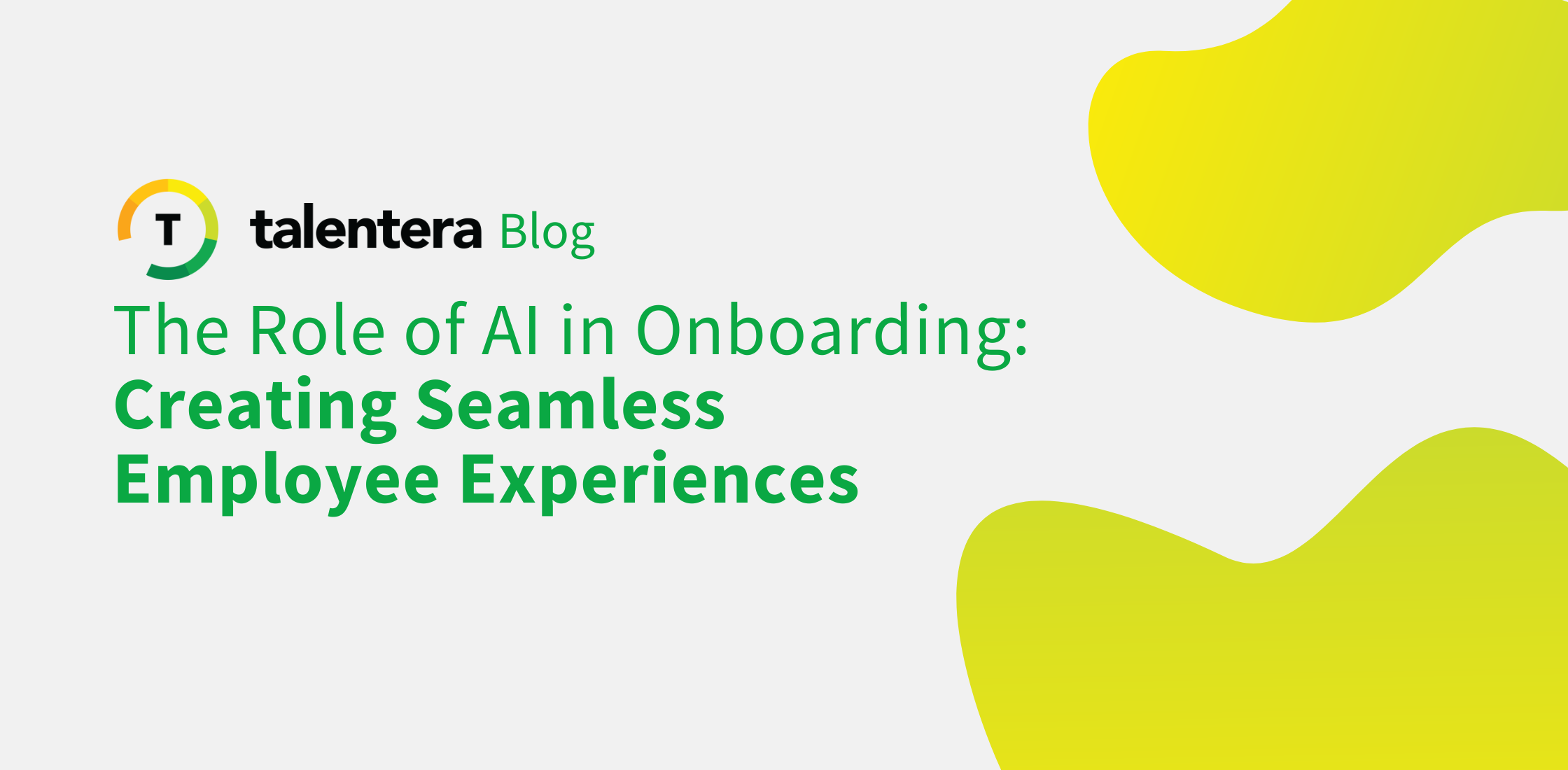8 Recruiting Metrics That You Should Be Tracking

More and more organizations are relying on corporate recruitment software to source, manage and evaluate candidates. Businesses increased spending on talent acquisition by 7% last year and the market for Applicant Tracking Software is over $1.5 billion now. With all this money being spent on talent acquisition, it’s important to be aware of the cost being spent on talent sources and whether those channels are worth the investment. What a good ATS and CRM do for you is that they inform you about the metrics that matter the most thus informing companies about how effective their recruitment processes are.
The best way to find out is by using data-driven techniques to measure your organization’s recruitment performance. Here are the eight recruiting metrics that truly matter in shaping your recruitment strategy:
1) Source of Hire
Where did those candidates come from? Knowing the precise sources impacts your most critical recruitment decisions including where you need to advertise most, how much to spend on job boards and where your recruiters need to spend the major chunk of their time in talent sourcing. An Applicant Tracking System and CRM make it very easy to pinpoint these sources be it specific Social Media channels, partner sites, Recruitment Agencies or job boards.
Google Analytics can also give a decent idea of where your careers website traffic is coming from but the problem with this is that this traffic doesn’t equate to job applicants. Nonetheless, it is still useful in identifying where your job ads and content are being well-received.
2) Time to Hire
Many companies rely on the ‘hire slow, fire fast’ mantra in recruiting which is intuitive since you’d want to spend time looking for a great candidate to take onboard whilst being quick in letting go of unproductive employees. There is a downside to this practice though because of you hire too slowly, you lose out on top candidates who stay in the market for a very short period of time. The best way to achieve an optimum time-to-hire is by tracking status changes through your ATS to monitor bottlenecks in your hiring funnel. How to go about this exactly?
i. Eliminate manual data entry
When you receive candidate profiles in bulk, it can be a serious time-waster having to key-in each candidate in your database. If you don’t use an ATS or CRM, outsource this task to a data-entry company to save recruiters’ time. With an ATS, on the other hand, you can import mass data automatically, sync the software with job portals for easier CV imports and define the format of CVs you accept which makes the entire process quicker and efficient.
ii. Build a talent pipeline
This is more of a long-term fix for a quicker time-to-hire. Try to make it a practice to form hiring objectives in collaboration with all key departments for the coming quarters, discuss positions you will need to fill and start looking for candidates before those vacancies actually pop up.
Building these relationships with candidates in advance will enable recruiters to instantly close openings with good quality candidates whilst also affording them the option to be selective in the candidate they hire. This preemptive strategy is the most sustainable way of moving fast when recruiting.
3) Cost per Hire
This is the most important metric for allocating recruitment budgets. Although it’s difficult to track all the spending that goes behind hiring a candidate from start to finish, here are the most common aspects that take the top spots:![]()
- Advertising spends
- Agency fees
- Recruiter time
- Time spent by managers in interviews
- Candidate expenses
- Reduced productivity due to the unfilled position
- New employee training costs
Many of these are best evaluated as guesstimates but tracking them in a clean spreadsheet or budget management module gives you a clear understanding of recruitment ROI which enables better decisions on future expenditures and ultimately gives you a competitive advantage over other employers.
4) Careers Site Conversion Rate
Your company’s career website is your most important page because that’s where all the talent sourcing efforts come down to. Therefore, it is essential to know how many people actually fill an application after reaching that page. Perform A/B tests on the page by switching up the number of Call-to-Action buttons and where to place them, whether a video works better than a picture or text snippet and what required fields perform the best. Use the best performing variant as your final landing page and keep testing periodically to remain agile.
You should track the conversion rate across time to see if your efforts are paying off or to spot problems. Going for a more vertical analysis using industry-wide benchmarks can also be very useful in optimizing your careers site. A competent ATS and Google Analytics can help immensely in measuring the page performance against a set goal.
5) Application Completion Time and Completion Percentage
Once you’ve got website visitors to start an application, it’s equally important to track how many reach the end of it. Hefty/complicated  application forms offer a tricky trade-off. They allow you to collect exhaustive amounts of data at the first step at the cost of losing far too many applicants. Remember how we talked about top candidates not having much time? That applies here as well as they will not stick around for hours to complete an application form.
application forms offer a tricky trade-off. They allow you to collect exhaustive amounts of data at the first step at the cost of losing far too many applicants. Remember how we talked about top candidates not having much time? That applies here as well as they will not stick around for hours to complete an application form.
The best way to go about this is to layer your application process. Instead of making candidates jump through hoops to submit the form, ask for the most important information in the start and invite the relevant candidates to fill further sections of the application later. The best way to clean your application process is by going through it yourself. Take a stopwatch and start applying as a candidate and make notes of all the processes that you can shave off to make it leaner.
What’s more important is how many rich CVs you have compared to thin CVs. How many CVs are at least X% complete based on any other custom benchmark that your organization sets in terms of information? How many registrations go on to create complete CVs? This metric is important because it sheds light on how well your application process is received at the candidates’ end.
6) Offer Ratios
When you’re down to shortlisting candidates for vacancies, there are two conversion rates that are important:
i. Interview to offer ratio
ii. Offer to acceptance ratio
If you’re scheduling many interviews but not clearing enough candidates for offers, you might be setting up very strict criteria for selection. As mentioned earlier, being selective is a good practice but being far too stingy can result in a dry talent pipeline and vacancies that never close. It also wastes a lot of time for the interviewer which piles onto the cost-per-hire.
Similarly, a low offer-to-acceptance ratio could mean that the Employee Value proposition (EVP) offered by your company is not as lucrative as you think it to be. It’s a clear signal that you need to amp up the benefits you offer and work on the corporate culture so that it organically compels people to accept your offers.
7) Recruiter Performance
Are there any weak links in your team that are slowing down the recruitment process? It is just as important to find out if your recruiters and line managers are pulling their weight when clearing candidates through the hiring funnel. Is a line manager stalling feedback on a CV? Is a requisition/hiring approval taking longer than it should? Is a manager not interviewing a candidate? How many times are recruiters logging in? How many searches are performed or tasks are set up?
If your ATS comes with a task management module, monitoring team performance can become very simple as it clarifies the comparison between user input and output. Through markers like status changes, activity logs, pending and completed tasks, recruiter performance becomes transparent which keeps tasks clearly defined and roadblocks easy to identify and solve.
8) Candidate Experience
User experience is hands-down, the most important aspect here. Since complete applications will only come from candidates that stayed long enough to hit ‘submit’, you need to ensure that their application flow is smooth, responsive and rewarding. You can send feedback surveys to candidates to get insight on your application’s user experience or you could add a simple ‘yes or no’ button in your email signatures that ask them whether they were comfortable with the application experience. To exhibit stronger quantitative control here, you can use NPS widgets to measure candidate satisfaction as well. Use the criticism you receive to keep improving and adapting and you will stay on top of your recruiting game.
Final Thoughts
How would you know what works unless you measure it?
Befriending data is a simple notion yet it is your best bet when you’re deep-diving into the analytics that your recruitment team really needs. Having relevant data and the insights it brings at your fingertips enables your recruitment team to work far more efficiently and it might just be the difference between making great and mediocre hires.










Alina Majeed